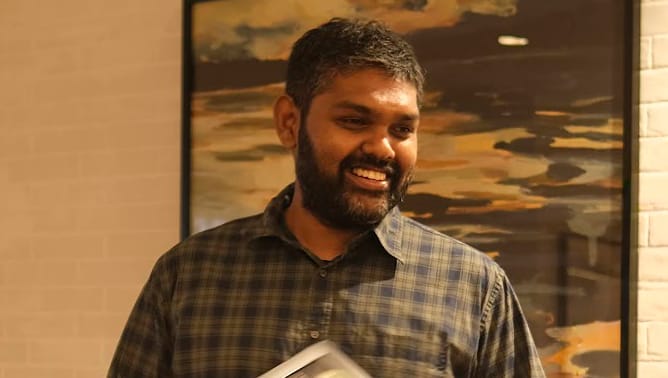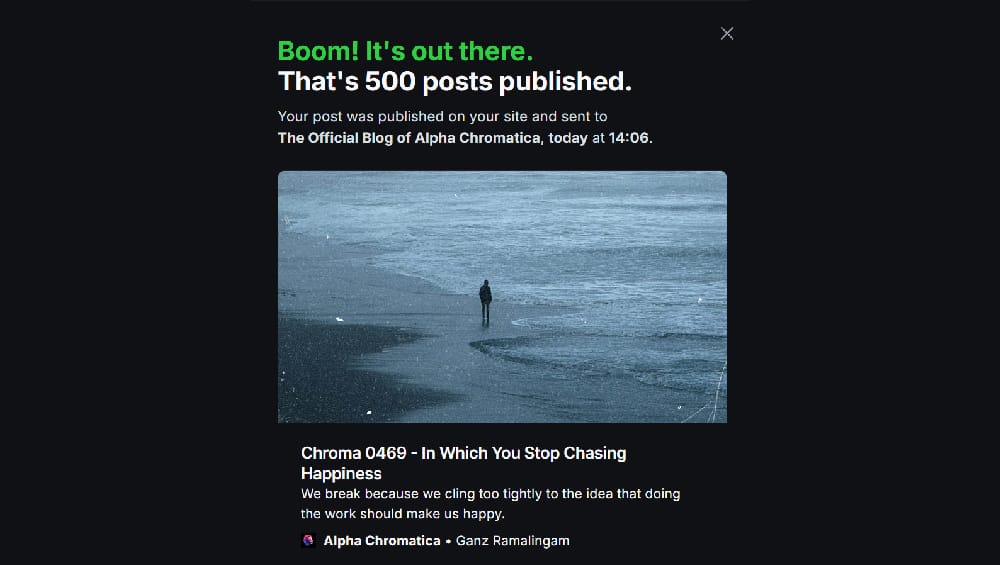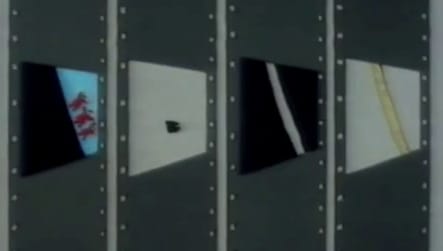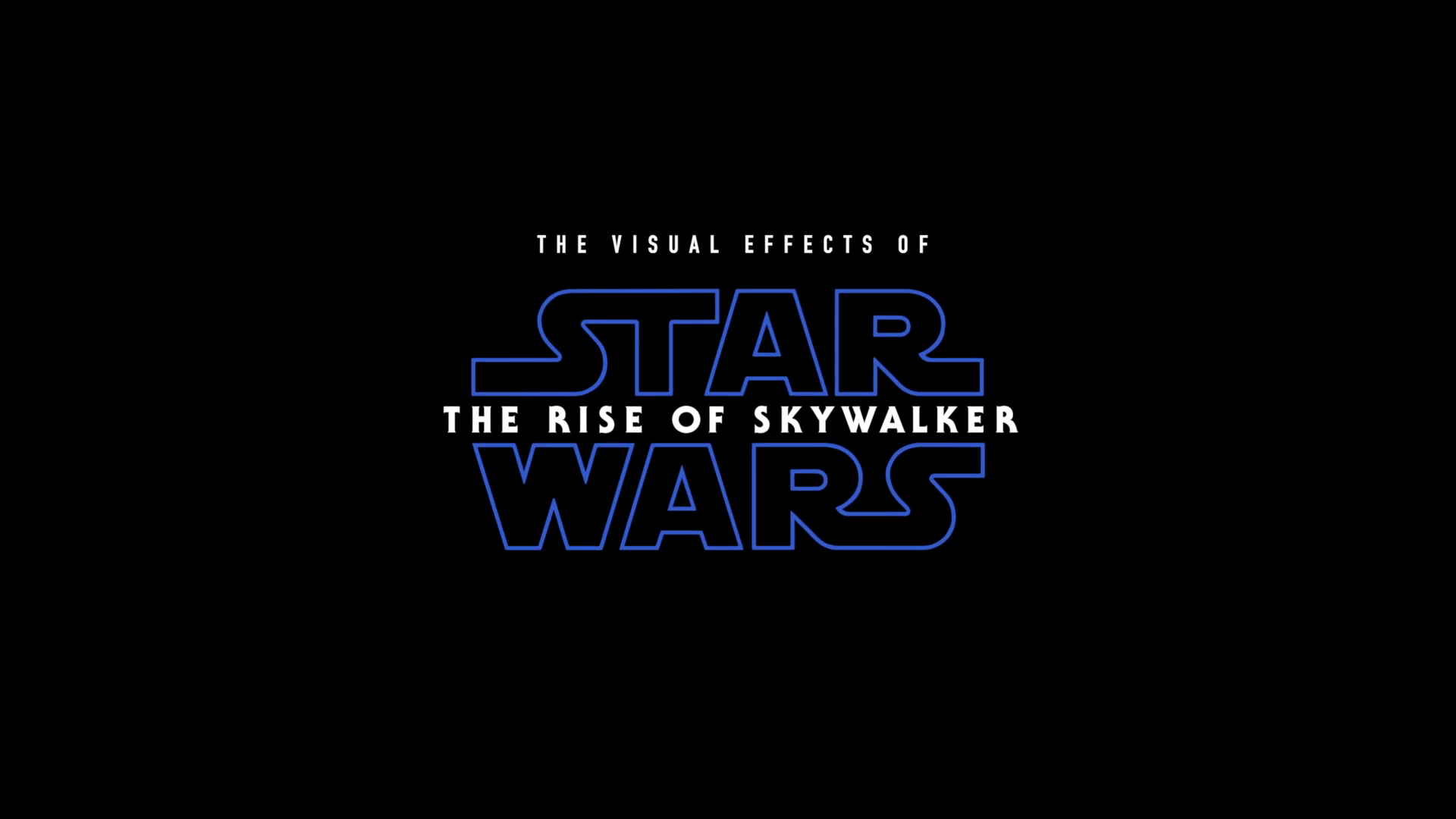I’ve taught VFX students from over 44 countries.
The biggest gap isn’t talent.
It’s how they were taught to learn.
Some arrive with habits that serve them. Others were trained to memorize, pass, forget, and repeat.
When you’re learning compositing at a professional level, that difference shows fast.
Here’s what separates students who master the craft from those who stay stuck:
𝟭. 𝗛𝗮𝗯𝗶𝘁𝘀 𝗕𝘂𝗶𝗹𝘁 𝗘𝗮𝗿𝗹𝘆
Did you form good study habits in school?
Did learning stop after your degree, or did you keep going?
Do you take notes? Do you revisit them?
(Surprise:)
The students who succeed aren’t the ones with the best grades.
They’re the ones who built systems for learning that outlasted school.
𝟮. 𝗖𝘂𝗿𝗶𝗼𝘀𝗶𝘁𝘆 & 𝗔𝗰𝘁𝗶𝘃𝗲 𝗧𝗲𝘀𝘁𝗶𝗻𝗴
Do you search before you ask?
When you hit a wall, do you push until you understand why?
When I show you a compositing trick, do you test it?
Do you push it until it breaks?
Passive learners wait to be taught.
Active learners experiment.
Compositing rewards the second group; always.
𝟯. 𝗪𝗶𝗹𝗹𝗶𝗻𝗴𝗻𝗲𝘀𝘀 𝘁𝗼 𝗖𝗵𝗮𝗻𝗴𝗲
Can you be proven wrong without defending yourself?
Can you update your understanding when new information appears?
(Hard part)
Students who cling to what they “know” stagnate.
Compositing evolves. If you can’t let go, you can’t grow.
𝟰. 𝗜𝗻𝘀𝘁𝗿𝘂𝗰𝘁𝗼𝗿 𝗠𝗮𝘀𝘁𝗲𝗿𝘆
This matters more than most realize.
If your instructor lacks deep mastery, you inherit their gaps.
You learn workarounds instead of fundamentals.
Surface-level teaching creates surface-level artists.
Real education works when both sides show up ready:
The instructor with mastery.
The student with the habits to learn.
The best compositors don’t learn faster.
They learn deeper.













Discussion